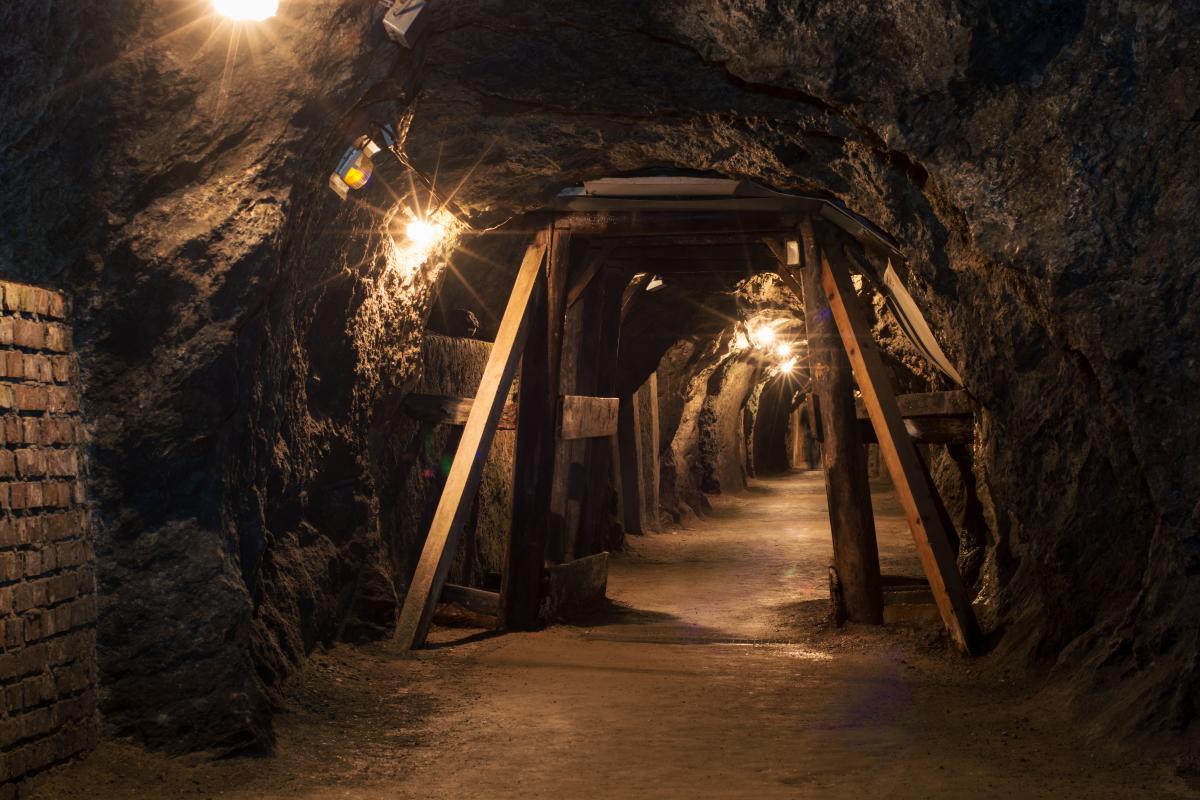
Credit: Adobe Stock
ReCET is a new center for repurposing fossil energy infrastructure for energy transition applications. Its mission is to lead in the creation of high-impact, scientifically driven solutions that transcend traditional disciplinary boundaries and transform the trajectory of our world, focusing on subsurface innovations for a sustainable future. It strives to bridge the gap between knowledge and action in geothermal energy, underground pumped hydro storage, hydrogen storage, carbon sequestration, and more.
Q: Who is leading this effort?
A: The center is led by Arash Dahi Taleghani. Zhen Li is the associate director.
Q: Where are you located?
A: ReCET is based in the EMS Energy Institute. Research labs that contribute to their efforts are housed within the institute and around campus.
Q: How are you funded?
A: ReCET has received initial funding from the Department of Energy and Mineral Engineering, the College of Earth and Mineral Sciences, the Institute of Energy and the Environment, and the Office of the Senior Vice President for Research at Penn State. Additionally, it has an externally funded project from the U.S. Department of Energy that is currently in the negotiation stage.
Q: What are your big goals?
A: Through rigorous research and innovation, the center hopes to develop cutting-edge subsurface technologies that drive the transition to convert fossil energy infrastructure into clean energy while ensuring fair access and benefits for all communities. In addition to this research, it is committed to an active outreach initiative. It aims to educate and engage the broader community, fostering understanding and support for sustainable practices. Its outreach program includes partnerships with local schools, workshops for industry professionals, and public workshops on the importance of repurposing solutions for a greener planet. It also plans to work with policymakers to inform regulations and policies that protect our environment.
Q: How do you plan to accomplish these goals?
A: Repurposing mines and oil and gas wells uses existing underground infrastructure for renewable, clean energy technologies. However, each site needs a thorough assessment for technical, environmental, and economic feasibility, requiring multidisciplinary research teams to work on different aspects of such projects such as drilling, cementing and wellbore integrity, geological evaluations, reservoir characterization, seismic monitoring, risk assessment, decision analysis, policy analysis, and project economics. In parallel with efforts to reuse existing infrastructures, the center will also revisit existing technologies in the oil and gas industry and adapt them to be reutilized in challenging subsurface environments such as for hydrogen storage, carbon sequestration, and geothermal production.
Q: Why is this research so important?
A: Pennsylvania has many abandoned mines and about 300,000 abandoned oil and gas wells. Each of these mines or wells may have associated infrastructure in place. These fossil energy assets have historically provided employment opportunities for nearby communities. As we transition to a clean energy economy, it is crucial to revitalize the economies in these energy communities. The new center aims to develop innovative technologies and methodologies to repurpose existing fossil energy assets and infrastructure, both social and economic, into revenue-generating opportunities.
Q: What makes this initiative new/different/innovative?
A: This initiative stands out in several ways:
- Repurposing existing assets: Instead of building new infrastructure from scratch, ReCET aims to convert abandoned mines, oil and gas wells, offshore platforms, pipelines, and other fossil energy assets into facilities for renewable energy generation, energy storage, carbon sequestration, and mineral extraction.
- Multidisciplinary research: ReCET brings together experts from various disciplines, including drilling, geology, reservoir engineering, seismic monitoring, risk assessment, decision analysis, policy analysis, and project economics. This multidisciplinary approach is essential for addressing the technical, environmental, and economic feasibility of repurposing projects, ensuring comprehensive solutions.
- Adapting existing technologies: In addition to repurposing infrastructure, ReCET plans to adapt existing technologies from the oil and gas industry for new clean energy applications.
- Bridging knowledge and action: ReCET aims to bridge the gap between research and implementation by developing cutting-edge subsurface technologies that drive the conversion of fossil energy infrastructure into clean energy solutions.
- Community engagement and outreach: ReCET recognizes the importance of community engagement and plans to educate the broader community through partnerships with local schools, workshops for industry professionals, public workshops, and interfacing with policymakers to inform regulations and policies.
Q: Is there anything else you'd like to share?
A: ReCET is a multidisciplinary endeavor that brings together faculty members with diverse expertise and backgrounds to address the environmental challenges while reviving the economies of energy communities affected by the transition to less carbon-intensive industries. Our mission is to ensure that the climate benefits derived from repurposing abandoned fossil energy assets are accompanied by tangible social and economic benefits for these communities. By using the collective knowledge and skills of our team, we aim to develop holistic solutions that not only mitigate environmental impacts but also support the well-being and prosperity of the very communities that have historically driven our nation’s energy landscape.

